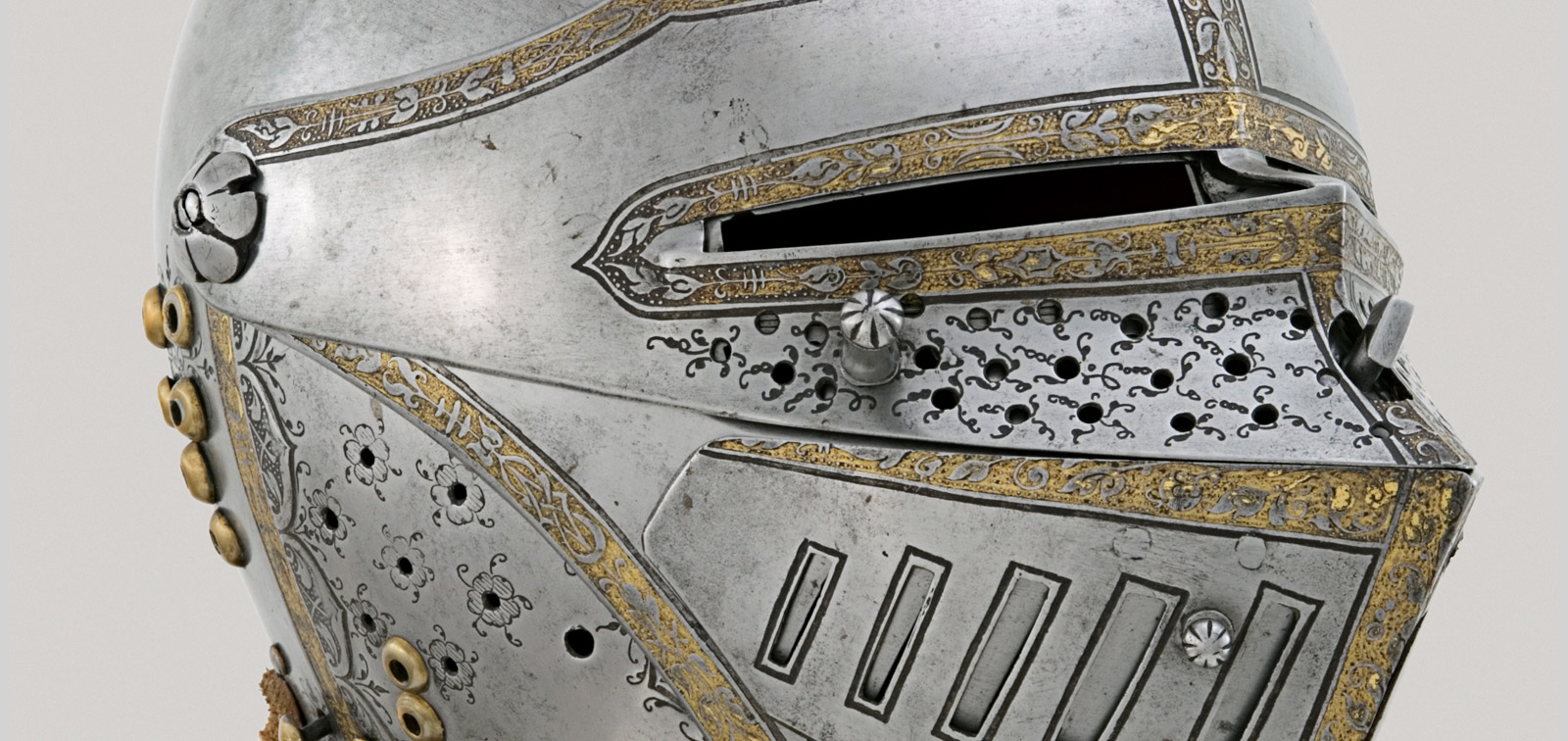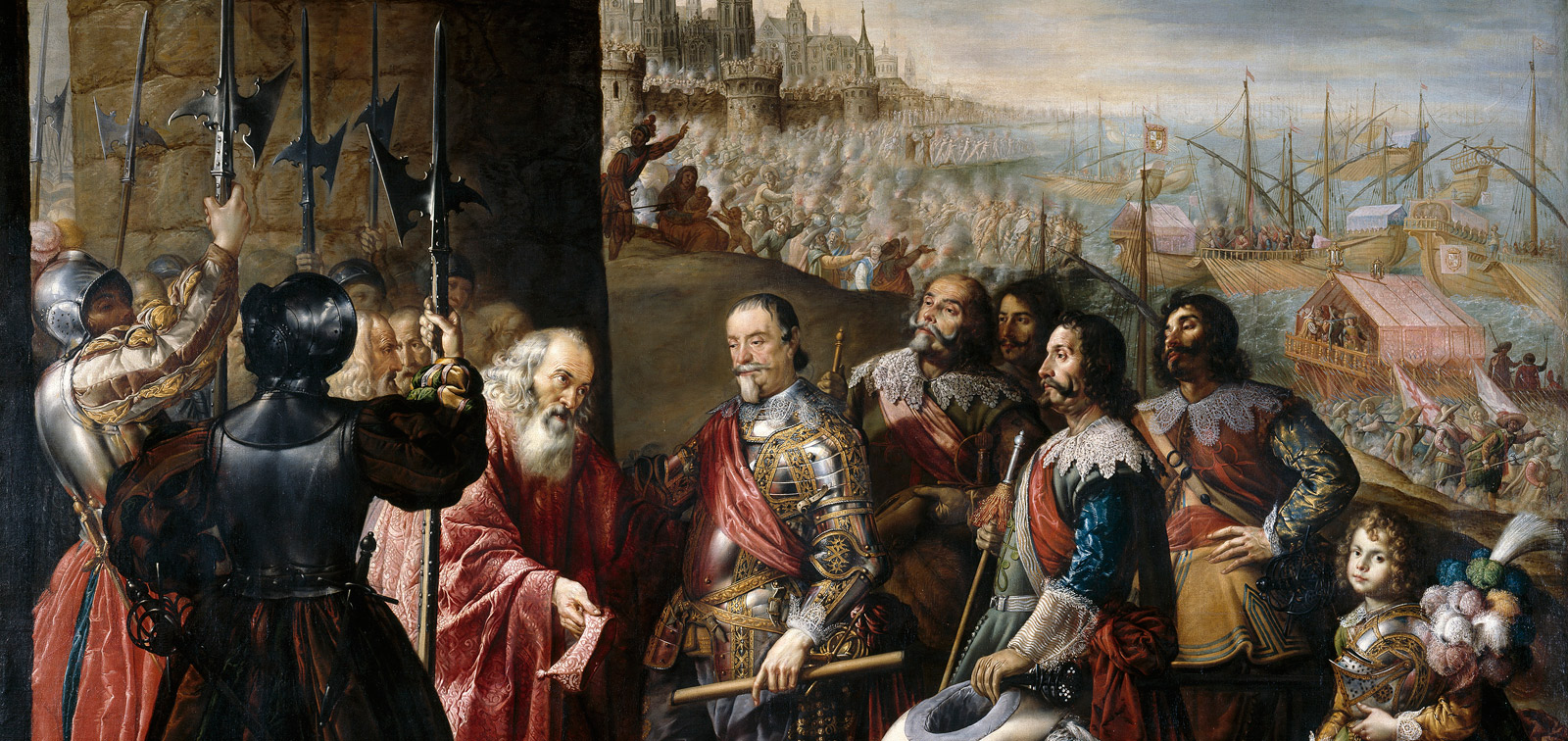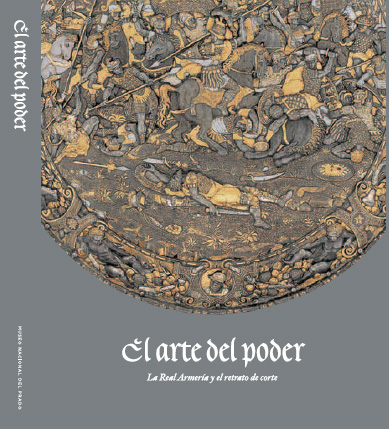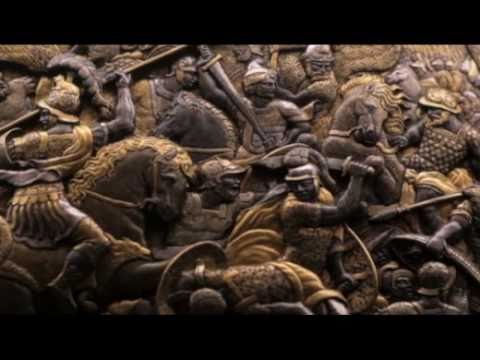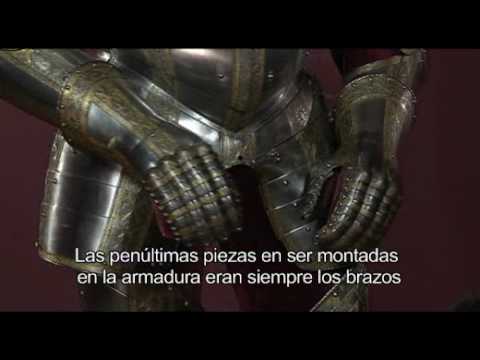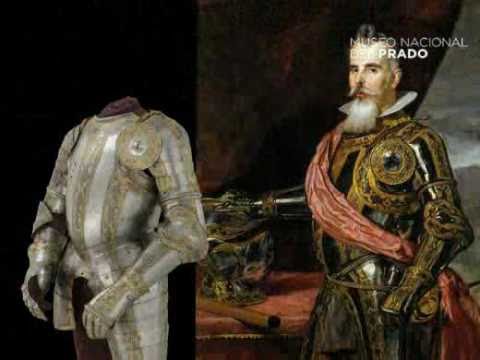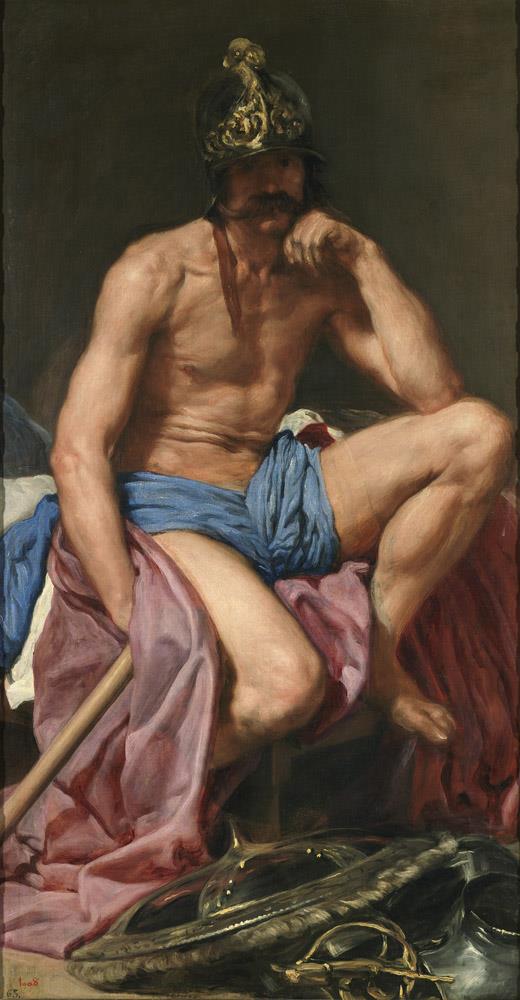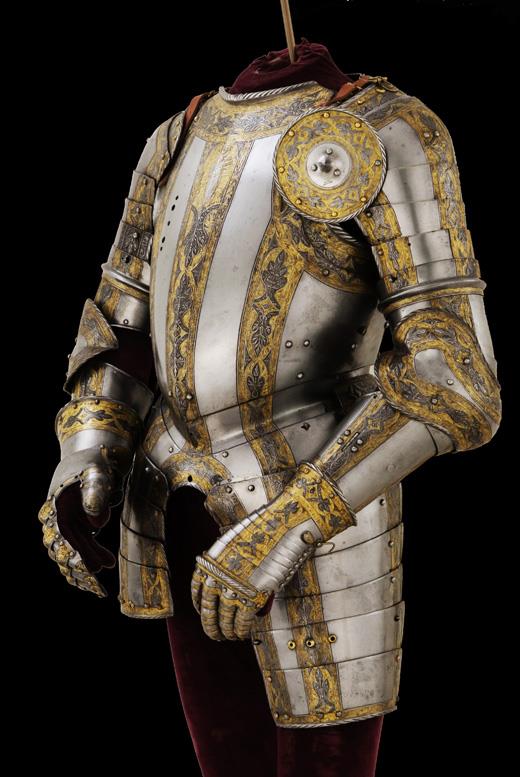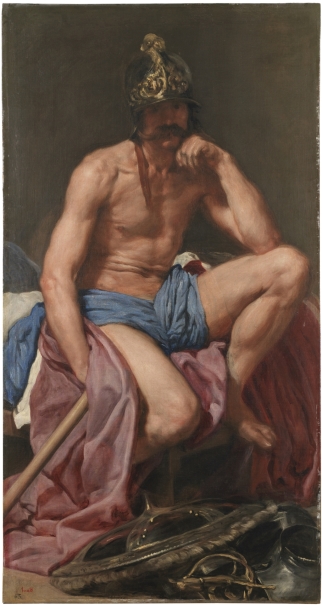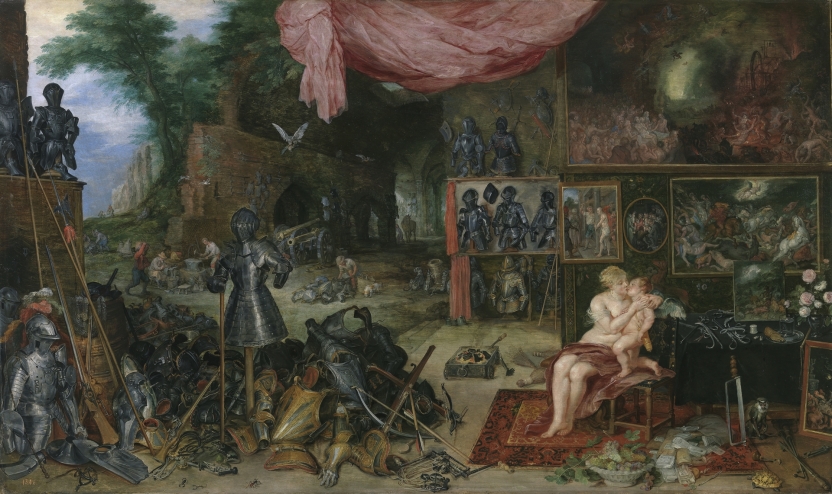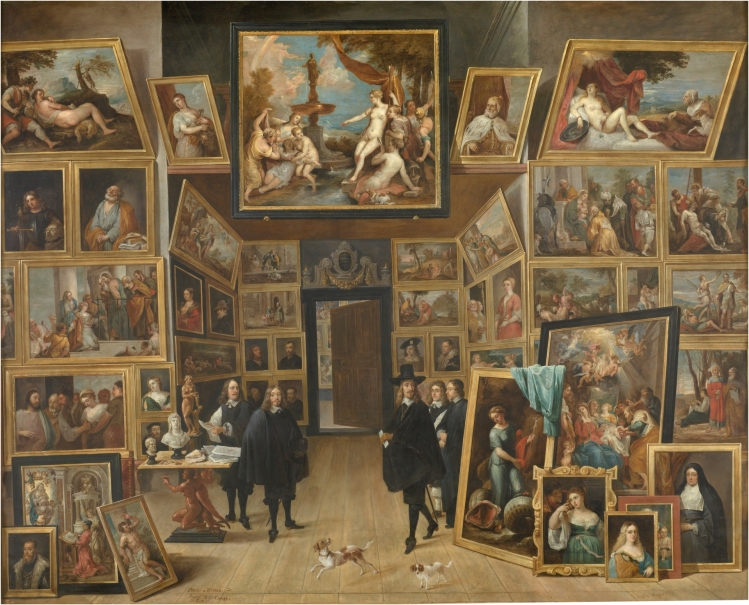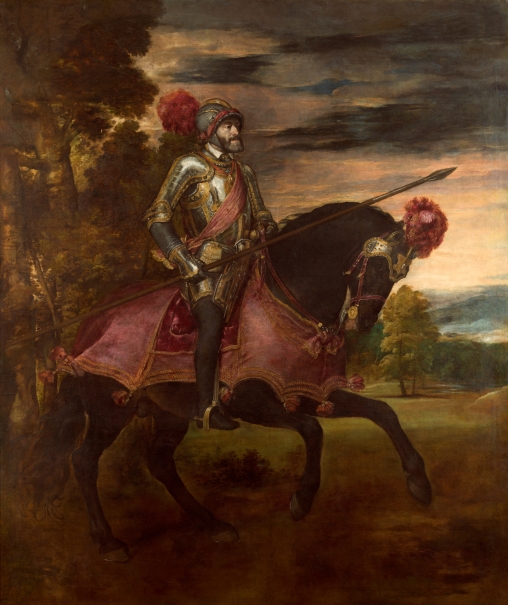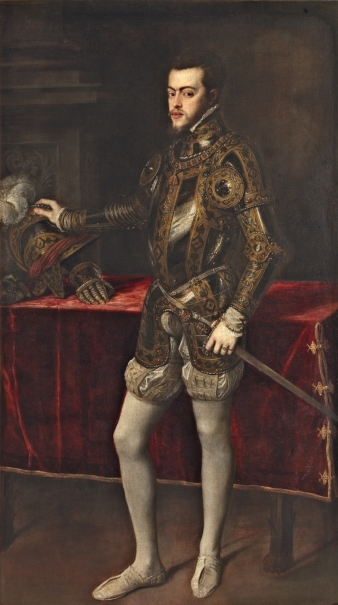The Art of Power. The Royal Armoury and court portraiture
Madrid 3/9/2010 - 5/23/2010
The exhibition offers an exceptional opportunity to see an important selection of works from the Prado displayed for the first time alongside the collection of armour belonging to Patrimonio Nacional. This is an unprecedented concept for an exhibition and one that establishes a direct comparison between the court portraits painted by leading masters such as Titian and Rubens and the armour worn by Spanish monarchs that symbolised their power at the height of that monarchy’s splendour.
Following the exhibition The Art of Power. Royal Armor and Portraits from Imperial Spain, held at the National Gallery of Art, Washington, in 2009, in 2010 the Museo del Prado shows The Art of Power. Arms, Armour and Paintings from the Spanish Court. The exhibition comprises an outstanding selection of objects loaned by the Royal Armoury in Madrid, displayed alongside a major group of paintings that reveal how the great painters of the day emphasised arms and armour when representing the power of the Spanish monarchy from the Renaissance onwards. The Art of Power. Arms, Armour and Paintings from the Spanish Court provides a unique occasion to see a group of masterpieces that could only be brought together in the Prado, set within the context of the armed portrait.
Founded at the height of the Spanish monarchy’s international power and splendour, the Royal Armoury in Madrid is the oldest and one of the finest and most comprehensive in the world. Largely built up by the Emperor Charles V (1500-1558) and his son Philip II (1556-1598), it houses not only the personal arms and armour of the Spanish monarchs but also a number of military trophies and diplomatic and family gifts.
The exhibition takes the form of an introductory section and four monographic ones, entitled The Court Portrait and the Armouries of Charles and Philip II, The Absence of Portraits in Armour in the second half of the 16th century and their Revival under Philip III prior to his Accession,The Royal Armoury in 17th-century Court Painting, andThe Bourbon Armed Portrait: the French and Spanish Tradition. Overall, the exhibition offers a broad overview of the issues pertaining to the relationship between armour and painting. Along with the 35 paintings and 27 pieces of armour that constitute the core of the exhibition, visitors can also see a tapestry, medals and sculptures that further explain the connections between the two principal groups.
- Curator:
- Álvaro Soler del Campo

